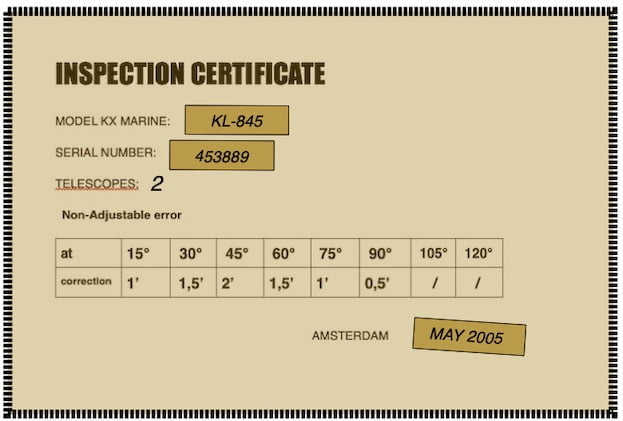Ocean sailing and sun celestial fix: key focus on this website is repetitive learning, a crucial element in mastering professional sextant observations at sea, especially in challenging weather conditions.

Enjoy exploring this page, BUT ONLY AFTER COMPLETING the foundational La Rochelle exercise.
Indeed, the main goal of these exercises is to calculate and understand how to calculate the line of position with the sun in daytime.
Furthermore, “La Rochelle” is the first in a series of eight identical exercises, each named after a major city in the world near the simulated sextant observations.

Overall, This page focuses on the Galapagos exercise,and you can find the others on the Celestial Course page.
While the La Rochelle exercise is for free, the answers for the remaining exercises can be bought in the store.

Ocean sailing and sun celestial fix: GALAPAGOS
On this page titled ‘Galapagos,’ you will find all the simulated sextant sun sight observations necessary for calculating the line of position at sea off the coast of Galapagos

Ocean sailing and sun celestial fix:



print/download PDF worksheet or copy by hand
First part of the sheet of the sun sight observations

Firstly, start manually completing the red entries on this page.
Ocean sailing and sun celestial fix:

lower limb
Ocean sailing and sun celestial fix Galapagos:
Time UT and Date

DAY = Monday; DATE = 06/06/2022; UT Time = 15:58:54


Ocean sailing and sun celestial fix:
eye height

Latitude (L) :
03°58′ South
Longitude (G) :
086° 54′ West
daily page

Also this daily page has been downloaded on the nauticalalmanac.it website with the kind permission of its author Capt. Roberto Iori

Ocean sailing and sun celestial fix Galapagos
The sea around the Galapagos Islands
In fact, people renowned the sea around the Galapagos Islands, located in the Pacific Ocean about 1,000 kilometers off the coast of Ecuador, for its rich biodiversity and unique marine life
Moreover, the Galapagos Marine Reserve, established in 1998, is one of the largest marine protected areas in the world.
Certainly, the convergence of several major ocean currents, including the cold Humboldt and warm Panama currents, creates a mosaic of habitats supporting a diverse array of marine species.
The nutrient-rich waters sustain iconic wildlife such as marine iguanas, sea lions, and various species of sharks.
Also, the Galapagos penguin, one of the rarest penguin species, is found here.
The seas around the Galapagos are crucial for the survival of numerous species and contribute significantly to the archipelago’s global ecological importance.
Finally, conservation efforts aim to protect this delicate marine ecosystem from various threats, including overfishing and climate change.
